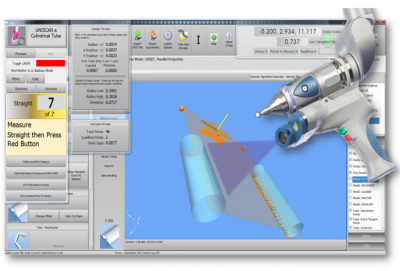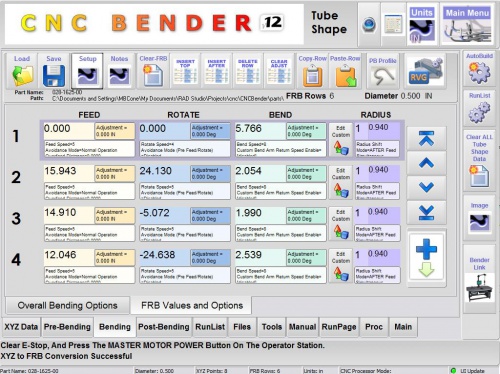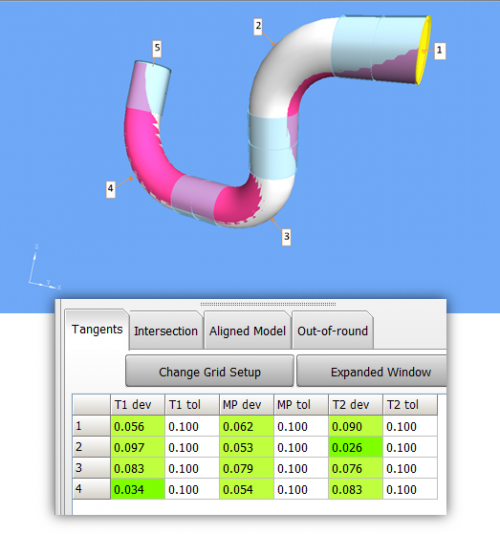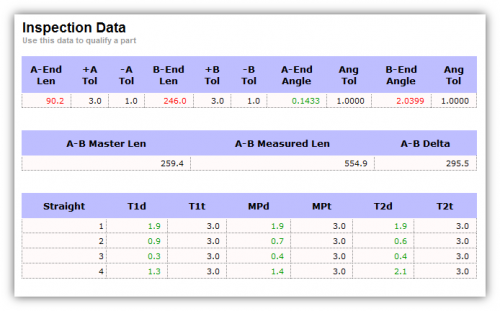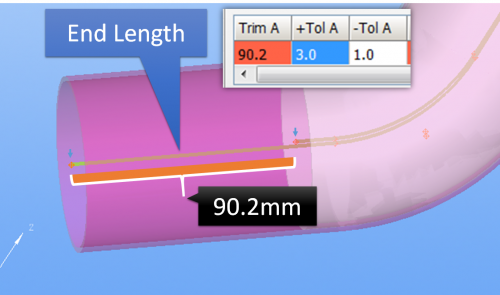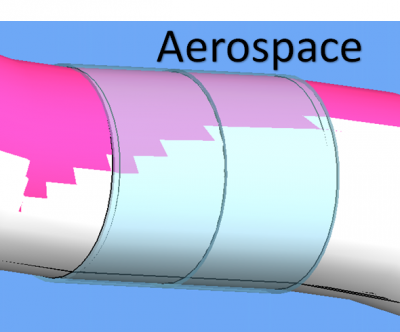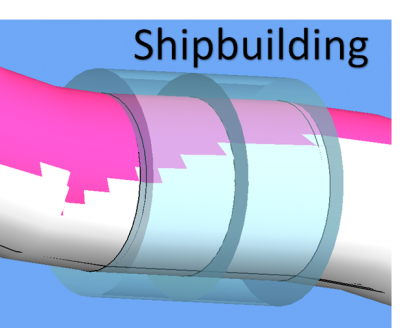Difference between revisions of "The Limitations of Qualifying Tube Shapes using Bender Data"
(→Demonstrate the Problem of Qualifying with Angles) |
(→Demonstrate the Problem of Qualifying with Angles) |
||
| Line 72: | Line 72: | ||
<tr valign=top> | <tr valign=top> | ||
<td width=500> | <td width=500> | ||
| − | Compare two similar parts to prove the idea | + | Compare two similar parts to prove the idea visually. The image on the right is from the alignment of the two tubes from the LRA data shown in the report above.<br><br> |
This first part has 4 inch straights for every straight.<br><br> | This first part has 4 inch straights for every straight.<br><br> | ||
Note that all the tangent and midpoints fall within the tolerance envelope.<br><br> | Note that all the tangent and midpoints fall within the tolerance envelope.<br><br> | ||
Revision as of 19:26, 10 January 2017
|
|
What is Bender Data?
|
Bender data is the data used to setup tube bending machines. Usually, bender data has at three major columns of data - the LENGTH between bends, ROTATION planes between bends, and BEND ANGLE columns. These columns can be used to define the shape of a tube and setup a tube bender.
|
The Limitations of Bender Data for Qualifying Tube Shapes
|
The tube fabrication industry rarely uses bender data to qualify part shapes because doing that requires the use of angles in the qualification. |
Illustration of the LimitationLook at the bender data on the right. The two sets are not the same because I've made the MEASURED rotations to be exactly one degree off of the nominal or MASTER data. |
Demonstrate the Problem of Qualifying with Angles
|
Compare two similar parts to prove the idea visually. The image on the right is from the alignment of the two tubes from the LRA data shown in the report above. |
|
This second image shows the part with IDENTICAL ANGLES - but the two middle straights are lengthened to 10 inches between bends. |
The Same Data In Reports
|
The same tangent data can be shown in the reports like this. |
How to Understand the Tangent Data
How to Understand the End Point Deviations
Automatic Internal Trimming of End Points for Shape
|
Even though the end points are not tangents, we can still use them in the chart because they qualify the part the same way that tangent points do. |
Untrimmed End Points for Lengths
|
However, the end length is 90.2mm too long. In this application, the customer bent the part 90mm too long on purpose in order to give the bend arm clamp die enough material on the first straight to grip. Notice that, even though the part is significantly too long, the BEST FIT algorithm didn't use the actual measured end point in the alignment. The alignment was based on the trimmed point on the measured centerline that was nearest the master end point. So, in this case the part shape in space is qualified - but it needs trimming by 90.2mm to also qualify the end length (another critical qualifier). |
Typical Industry Tangent Point Tolerances
|
In working with thousands of customers over the past few decades, we've seen some trends in accepted envelope deviation tolerances. Here are what we commonly see: Aerospace and Automative Fluid Lines
Automotive Exhaust Pipes
Shipbuilding
HVAC
Structural Tubes (Frames)
Tighter TolerancesSometimes customers will required +/-0.75 mm - but this is very rare. We've never seen tube shapes that must be qualified with a deviation tolerance of less than +/- 0.75 mm. |

